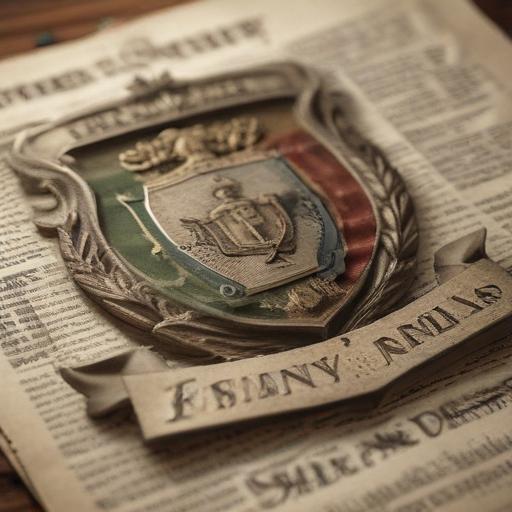Jack Schlossberg, JFK’s grandson and a growing public figure, says the famous family isn’t a single, tightly knit unit the way some pop culture portrayals suggest. In remarks highlighted by a New York magazine interview published on August 25, Schlossberg, now 32, pushed back on the idea of a cohesive “family” consensus, saying simply: there isn’t a unified family in the sense of a board meeting or a patriarchal directive. “There is no ‘family’ — it’s not The Godfather,” he told the outlet. “It’s just a bunch of individual people.”
An insider who has worked with multiple Kennedys described the clan as more like a holding company than a traditional family. They noted a network of subsidiaries that can operate at odds with one another or compete, with occasional ties binding parts of the family together. “If I heard from the Smiths on something, it didn’t necessarily mean that’s what Ted’s family would think,” the source said, emphasizing that the Kennedys don’t communicate in a single, seamless channel. The outsider added that the absence of a centralized, always-on communication practice isn’t due to dysfunction, but rather the sheer size of the clan.
Caroline Kennedy, the family’s most visible surviving member from JFK’s generation, also weighed in on how the dynamic has evolved. She explained that the family has grown substantially in recent years, with more than 100 adults now part of the Kennedy clan, which has reshaped how relatives interact and coordinate public-facing activities.
Context and takeaways
– The Kennedy clan remains a defining name in American public life, but its internal dynamics reflect a modern, decentralized approach rather than a rigid, unified command structure.
– As families of prominent figures expand, practical realities—such as coordinating across generations, managing public appearances, and maintaining personal autonomy—shape how relatives relate to one another and to the broader public narrative.
How this adds value
– The article deepens understanding of how large, famous families operate in the 21st century, illustrating that legacy does not always translate into uniformity. It highlights both the prestige and the logistical challenges that come with maintaining a widely recognized family brand across many adults and branches.
Summary
– Jack Schlossberg rejects the notion of a monolithic Kennedy “family” and describes it as a loose collection of individuals. An insider portrays the group as a holding-company-like network with subsidiary factions that can be at odds yet connected by shared heritage. Caroline Kennedy notes the expansion to over 100 adults, underscoring a modern, sprawling family structure.
Positive note
– The Kennedy name endures not as a rigid hierarchy but as a flexible, evolving network that allows newer generations to pursue their own paths while staying linked to a storied legacy. This adaptability can be seen as a strength in a rapidly changing public landscape.
Additional thoughts
– As public attention continues to follow the Kennedys, the emphasis may shift toward celebrations of individual achievements and contributions across politics, public service, and culture, rather than a single, centralized family agenda. This could help the family stay relevant across diverse audiences while preserving its historical significance.
